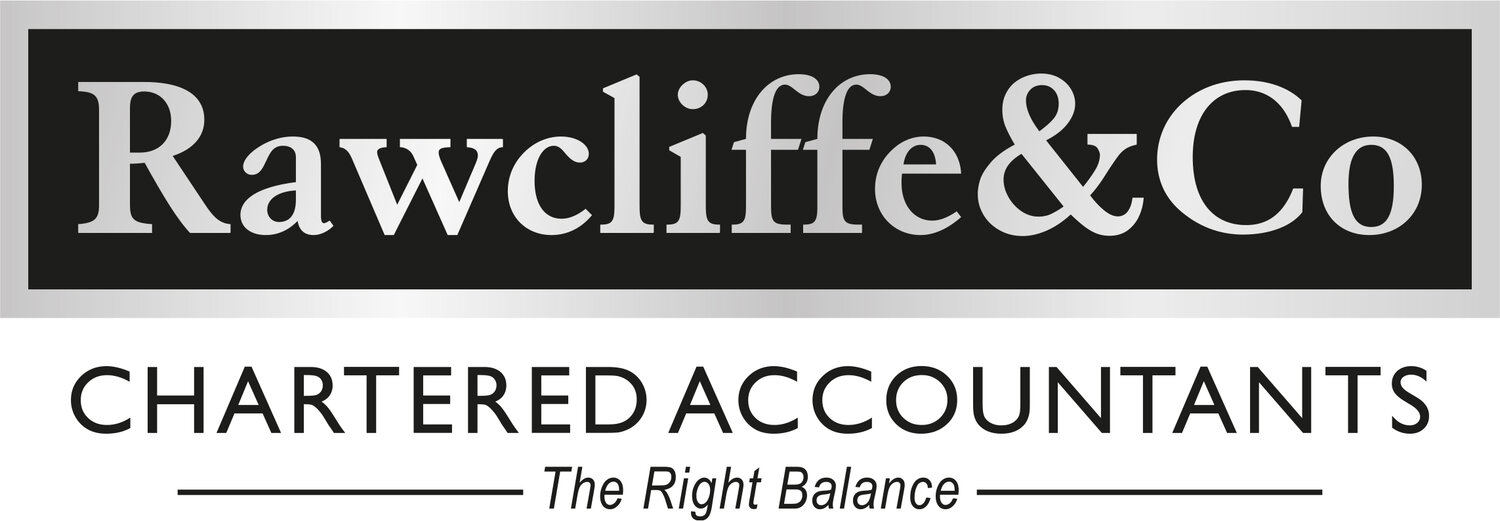The Spring Statement 2022
Rishi Sunak presented his Spring Statement on Wednesday 23 March 2022. So, what exactly did the Chancellor say and, more importantly, what did it actually mean?
The Chancellor responded to the Office for Budget Responsibility’s economic forecasts, as well as reaffirming the fundamental taxation changes which will affect businesses and individuals in the new tax year.
In his Spring Statement, the Chancellor announced a cut in fuel duty for petrol and diesel as he sought to ease the impact of rising prices for households and businesses. The Chancellor will lift the starting thresholds for National Insurance contributions (NICs). He also pledged a cut to income tax in 2024. However, the Health and Social Care Levy will still be implemented in April 2022. For businesses, there is an increase to the Employment Allowance, as well as relief from business rates on a range of green technologies and help with training and the adoption of digital technology.
Our summary of this year’s Spring Statement is now available.
In our newsletter, we provide an outline of the main areas of taxation covered in the Spring Statement. We have also included our observations on the more important changes, together with any planning points that may arise. In addition, we have included a detailed calendar of the most important dates for 2022/23 that will help you with tax planning ahead of time.
We hope the summary will provide you with a useful update and allow you to get to grips with the changes. If you have any questions in understanding how the changes to tax affect you, please do get in touch.
The Rawcliffe & Co team is available via phone or email Monday to Thursday 9-5pm and 9 – 4:30pm on Fridays.
Tel: 01253 798812
Email: info@rawcliffeco.com

